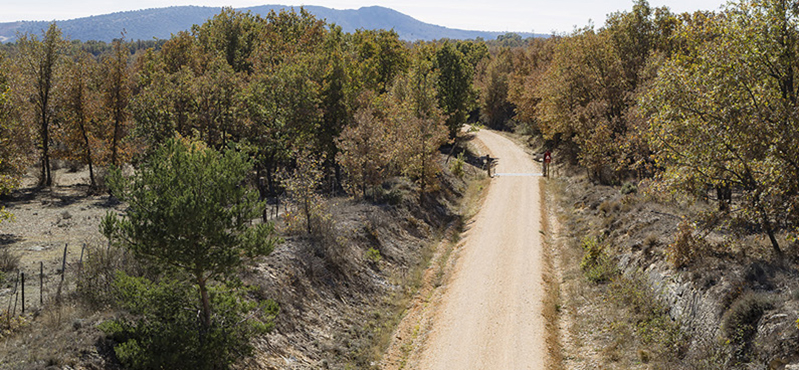
Net of Nature Trails


Net of Nature Trails

Las cookies son archivos que se pueden descargar en su equipo a través de las páginas web. Son herramientas que tienen un papel esencial para la prestación de numerosos servicios de la sociedad de la información. Entre otros, permiten a una página web almacenar y recuperar información sobre los hábitos de navegación de un usuario o de su equipo y, dependiendo de la información obtenida, se pueden utilizar para reconocer al usuario y mejorar el servicio ofrecido.
Según quien sea la entidad que gestione el dominio desde donde se envían las cookies y trate los datos que se obtengan se pueden distinguir dos tipos: cookies propias y cookies de terceros.
Existe también una segunda clasificación según el plazo de tiempo que permanecen almacenadas en el navegador del cliente, pudiendo tratarse de cookies de sesión o cookies persistentes.
Por último, existe otra clasificación con cinco tipos de cookies según la finalidad para la que se traten los datos obtenidos: cookies técnicas, cookies de personalización, cookies de análisis, cookies publicitarias y cookies de publicidad comportamental.
Para más información a este respecto puede consultar la Guía sobre el uso de las cookies de la Agencia Española de Protección de Datos.
El portal web del Ministerio de Agricultura, Pesca y Alimentación utiliza Google Analytics, esta es una herramienta de analítica que ayuda a los sitios web y a los propietarios de aplicaciones a entender el modo en que sus visitantes interactúan con sus propiedades. Se utilizan un conjunto de cookies para recopilar información e informar de las estadísticas de uso de los sitios web sin identificar personalmente a los visitantes de Google. Más información sobre las cookies de Google Analytics e información sobre la privacidad. Estas cookies se pueden rechazar o aceptar ya que no interfieren en el funcionamiento de la página web pero sirven de gran ayuda aportando información que posibilita un mejor y más apropiado servicio por parte de este portal.
Por último, se descarga una cookie de tipo técnico denominada cookie-compliance, propia, de tipo técnico y de sesión. Gestiona el consentimiento del usuario ante el uso de las cookies en la página web, con el objeto de recordar aquellos usuarios que las han aceptado y aquellos que no, de modo que a los primeros no se les muestre información en la parte superior de la página al respecto. Esta cookie es de obligada utilización para el funcionamiento correcto del portal.
El Ministerio de Agricultura, Pesca y Alimentación permite la aceptación o rechazo de las cookies no esenciales para el funcionamiento del portal. Para ello una vez que el usuario acceda al portal se mostrará un mensaje en la parte central con información de la política de cookies y las siguientes opciones:
Usted puede restringir, bloquear o borrar las cookies del Ministerio de Agricultura, Pesca y Alimentación o cualquier otra página web, utilizando su navegador. En cada navegador la operativa es diferente, la función de "Ayuda" le mostrará cómo hacerlo.